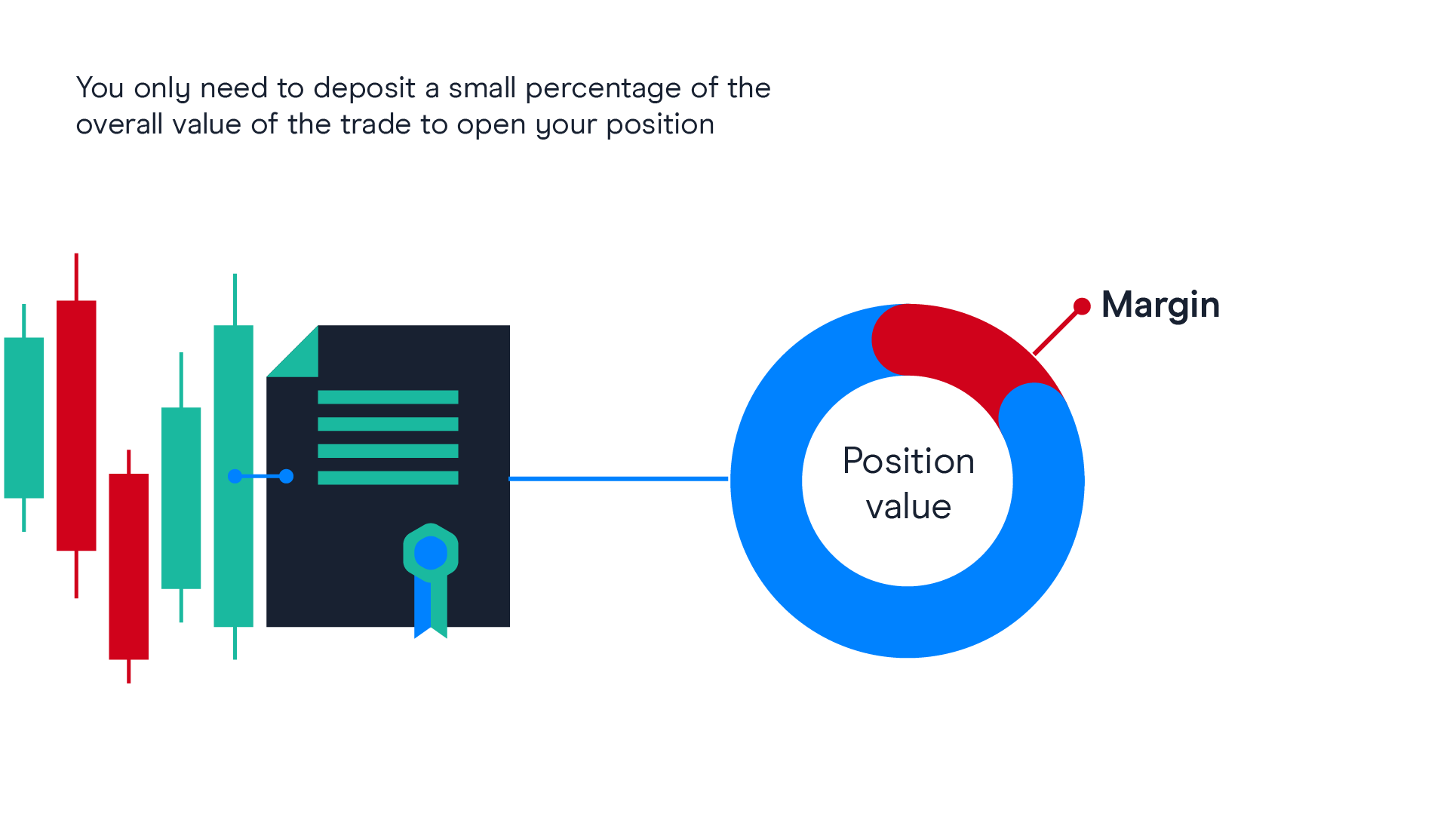What is forex trading?
Forex trading is the process of speculating on currency price movements, with the aim of making a profit. Many currency conversions on the forex market are for practical use, and not for creating profit. However, traders can speculate on forex market price movements, with the aim of capitalising on correctly forecasting these movements.
For a more detailed definition of forex, visit our page on 'what is forex'.




